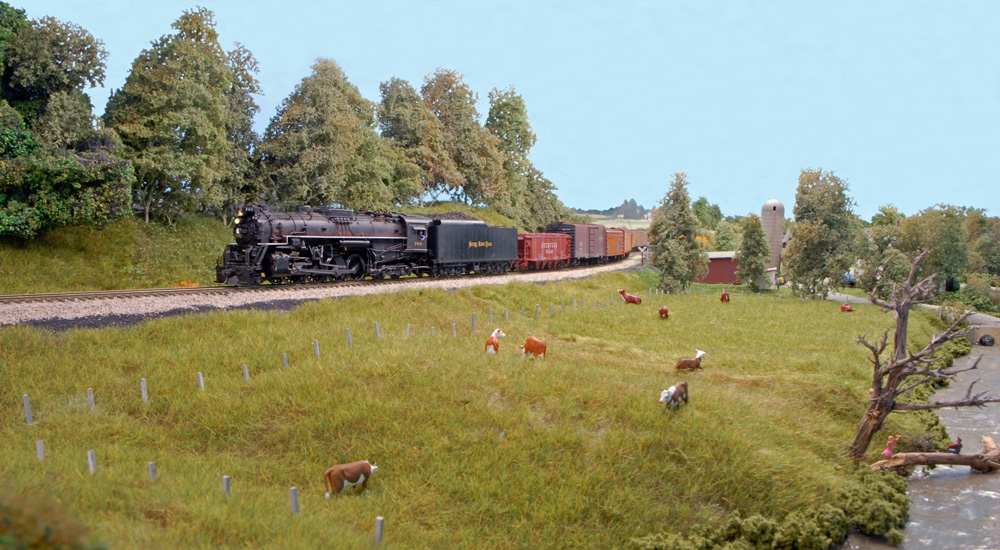
One of the most important decisions facing any model railroader is choosing an era to model. Choosing what railroad to model is arguably easier. You may choose to model the railroad that ran through your hometown when you were young and impressionable, or perhaps a railroad you often see today. But in either case, that […]
Read More…
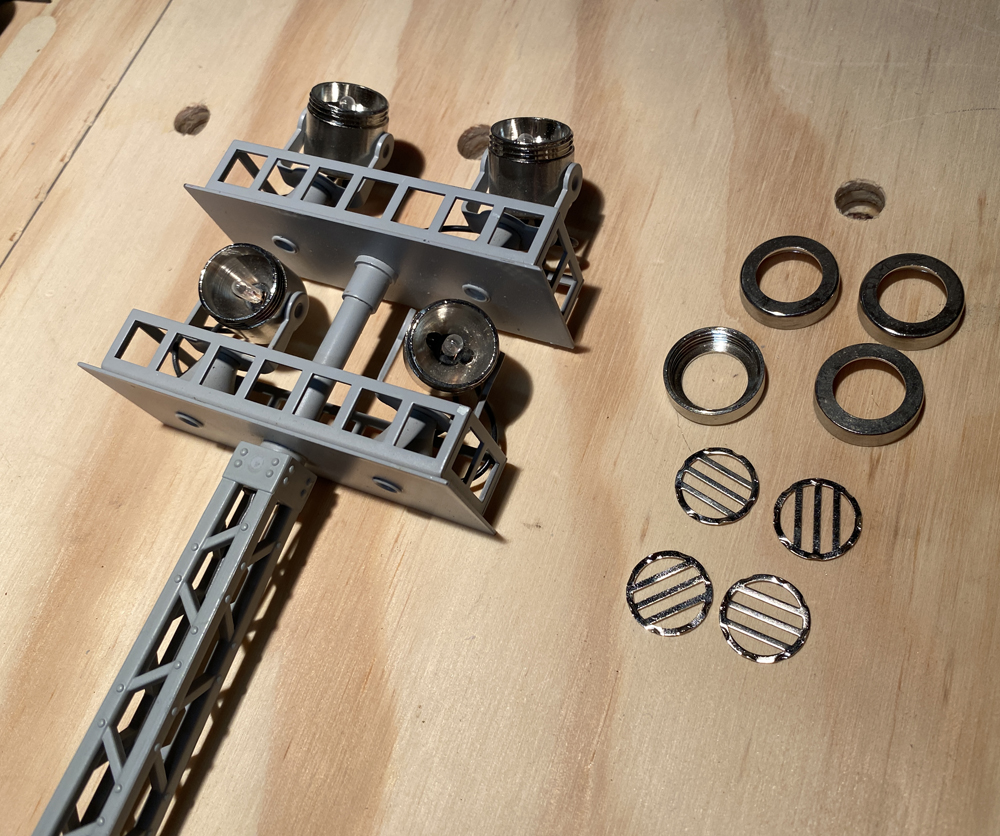
Have you thought about how to upgrade your tower lights? An engine facility doesn’t look complete without small details around the buildings, tracks, and equipment. One detail that isn’t difficult to add to this scene is yard lights. Most of these are “plug and play” details. Lionel’s option looks pretty much identical to how it […]
Read More…
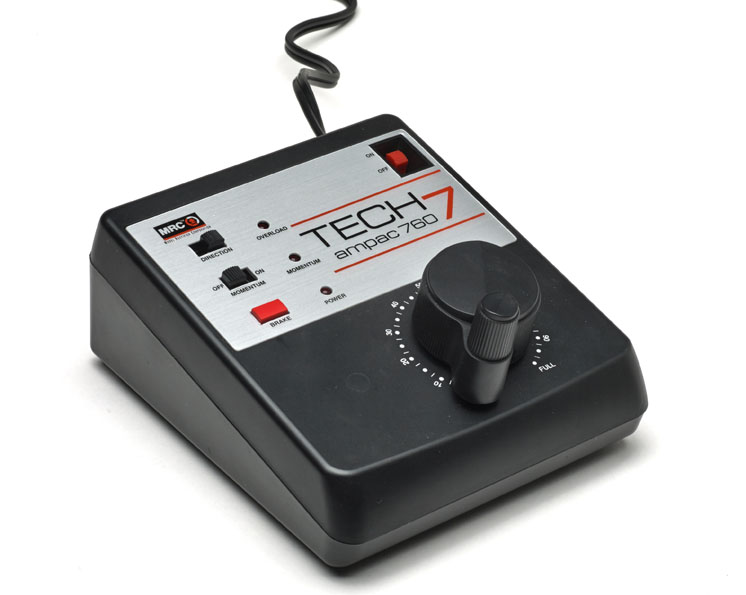
The simplicity of operating with a DC power pack like this MRC Tech7 is just one of several reasons to use DC block control on your model railroad. Though Digital Command Control may be the wave of the future, DC has its advantages and die-hard adherents. MRC photo Digital Command Control’s fervent fans to the […]
Read More…
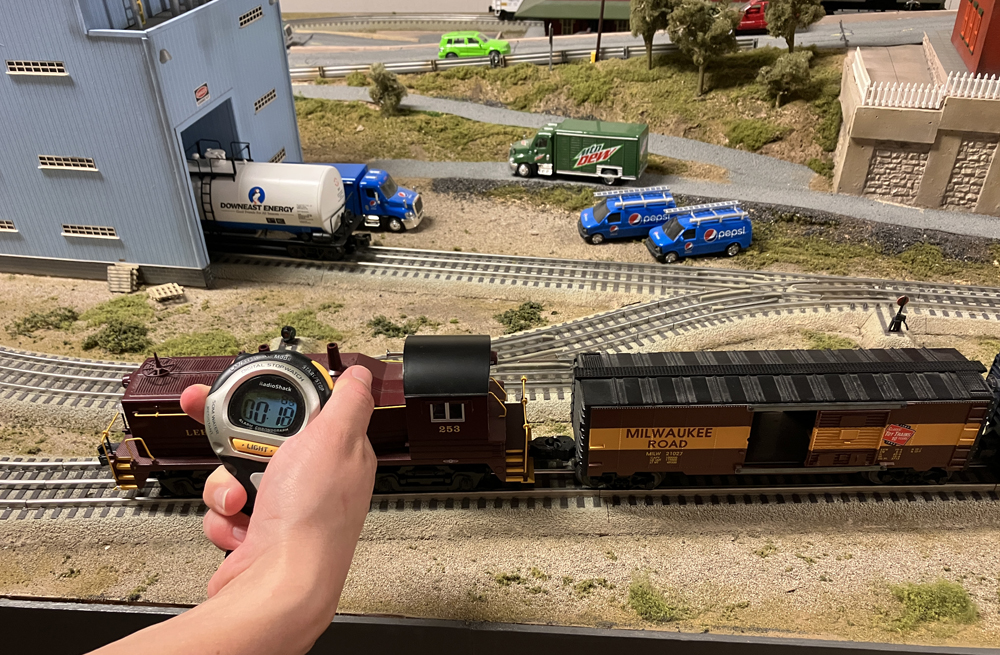
Have you ever been curious about how to calculate the speed of toy trains? Running trains over a layout, how can we know whether it’s moving at a realistic speed? Answering this question requires a bit of math. Speed, or velocity, is simply distance divided by time. In the United States, we are used to […]
Read More…
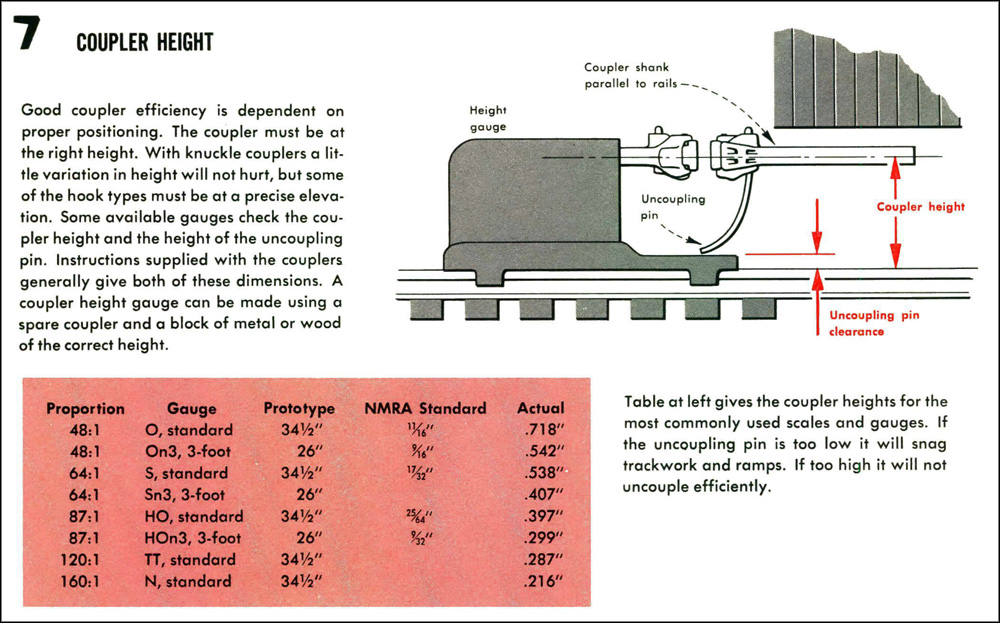
Q: Way, way back in the 20th century, I think in the 1980s (though I’m probably wrong), Model Railroader ran an article about making your own coupler height gauges in the various scales, including TT scale. Can you advise which issue that was? None are available in TT today, and I could use a couple on […]
Read More…
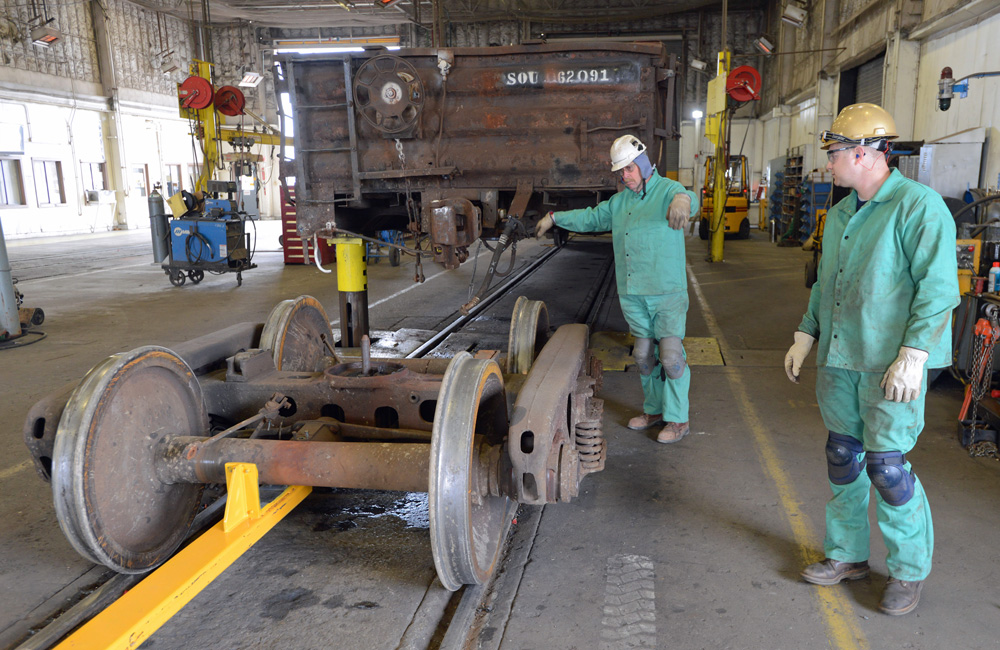
Q: Reading Jerry Dziedzic’s essay on “Turning waybills into dollar bills” (August 2023) made me realize that I don’t know anything about how prototype railroads handle the inspection and shopping of freight cars. Are cars sent in for inspection, paint, and maintenance at fixed times, or after a certain number of miles, or only when a […]
Read More…
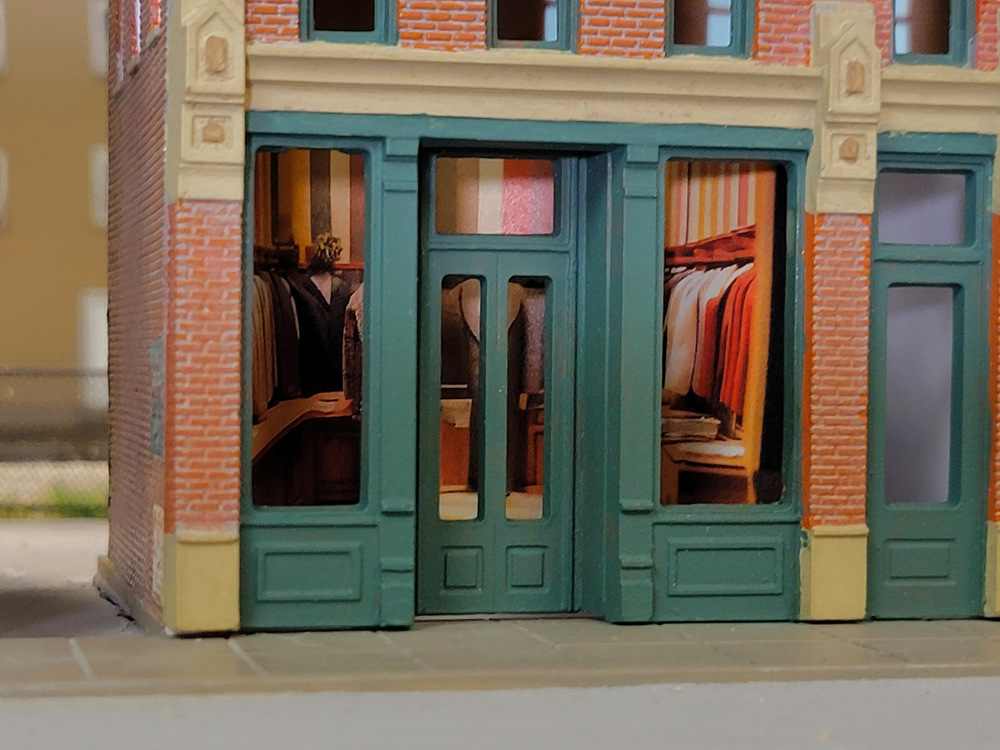
Designing structure interiors with artificial intelligence: Artificial Intelligence (AI) is a burgeoning tool with many possible uses. My last article on the topic, ChatGPT and the model railroad, explored the use of text-based chat tools like ChatGPT for model railroading purposes, including generating layout concepts. At the end of that article, I used an AI […]
Read More…
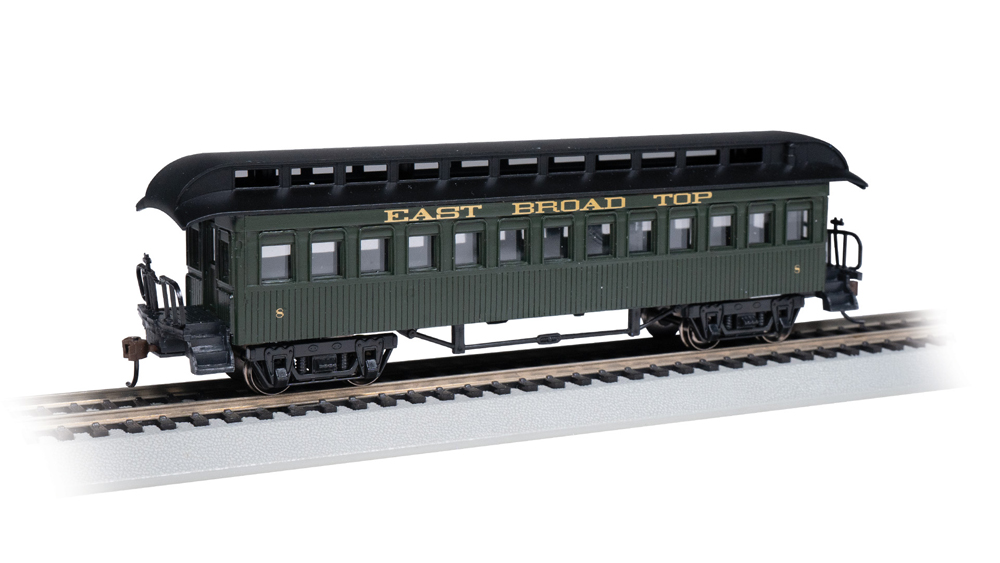
What is the largest radius curve on your layout? If you said anything less than 24”, you won’t be running 85-foot passenger cars any time soon. Even then, a 24” curve is extremely tight for those cars to navigate. Fear not, I have the solution for your long passenger car dilemma: short steam era passenger […]
Read More…
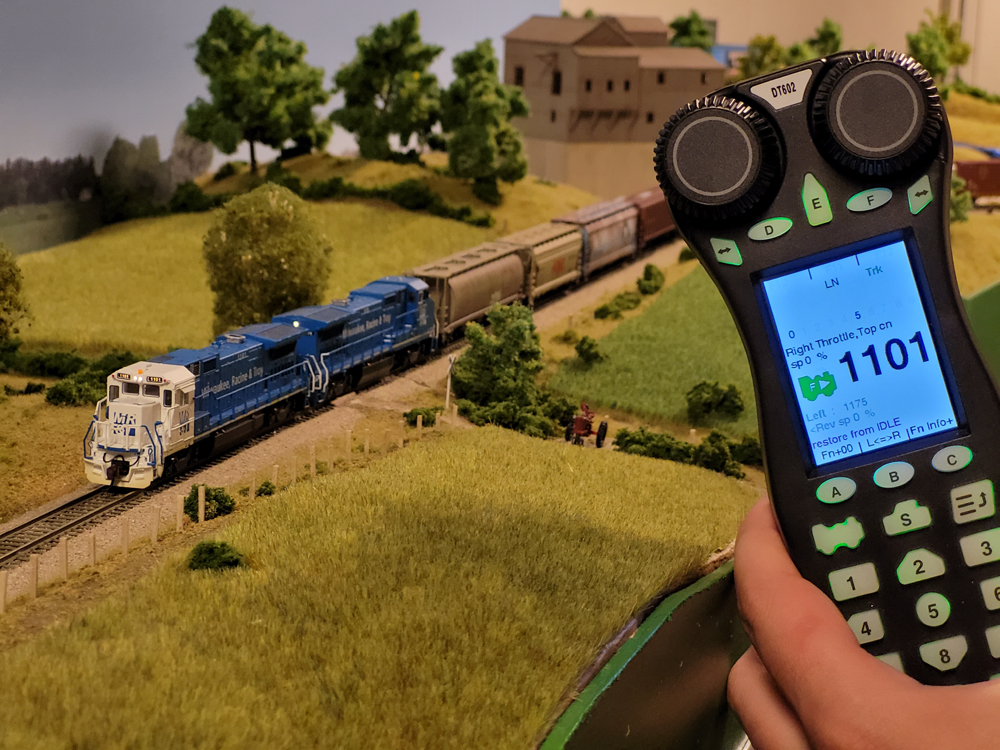
Running a locomotive around a layout is fun, but eventually you may want to make your train to be powered by more than one engine. On the railroad this is called “multiple-unit operation.” If you have two or more DCC-equipped locomotives, you can run your own multiple-unit locomotive consists. This article will explain how to […]
Read More…

Do you need some industries for small spaces on your model railroad? If you ask modeler railroaders something they’d like to have more of, space will be a common answer. Everything in our hobby takes up space – benchwork, track, structures, and scenery, among other items. When I kick around layout plans for my basement, […]
Read More…
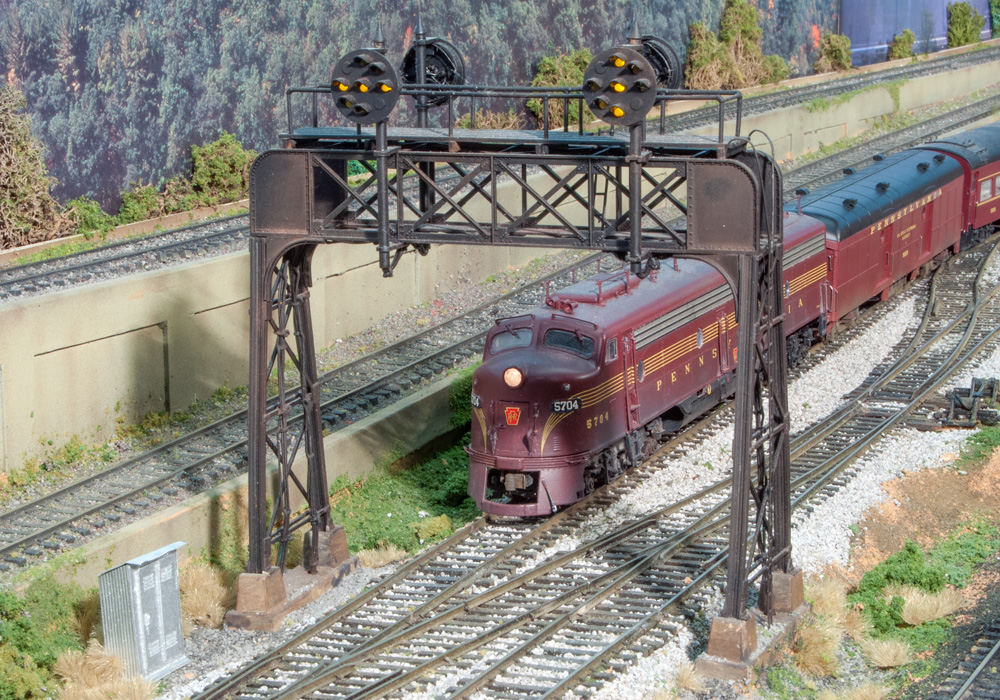
Unless you model a short line or branch line that owns only one locomotive, your layout probably needs some kind of model railroad signals. Signals are used to convey information to an engineer about the block of track ahead: whether it’s safe to enter, whether it’s occupied by another train, and how fast it can […]
Read More…
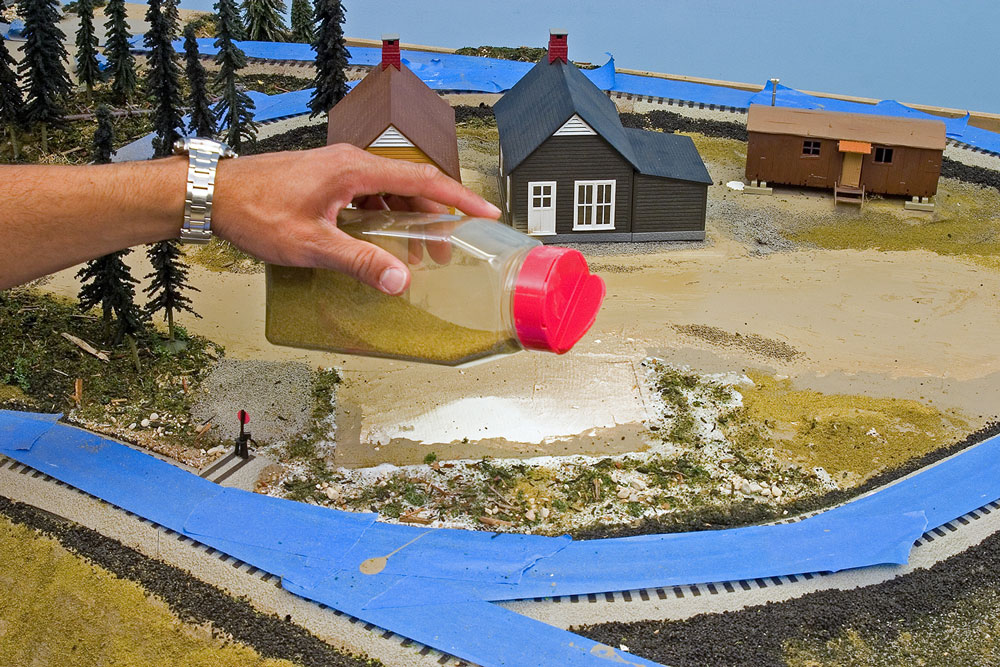
Adding scenery to your layout can take it from a basic track setup to a realistic and immersive world. It’s an exciting and creative part of model railroading that allows you to design and construct a unique landscape for your trains to travel through. However, it can be overwhelming to know where to start which […]
Read More…












